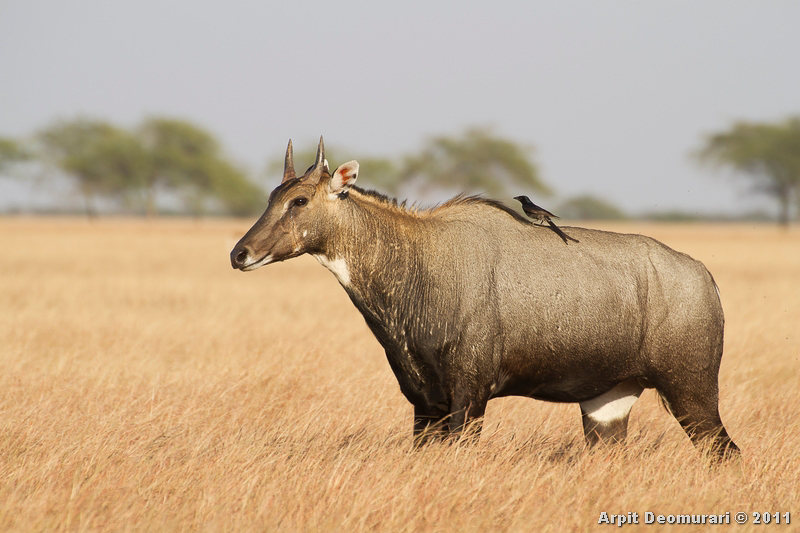The nilgai (Boselaphus tragocamelus), often hailed as the "blue bull," is a grand antelope species native to this enchanting region. Its existence is a testament to the intricate tapestry of nature, culture, and coexistence.
Standing as one of Asia's largest antelope species, the nilgai is a striking example of the wonders nature has to offer. While the name "blue bull" might conjure images of a vibrant azure creature, the reality is equally captivating. The males boast a bluish-gray coat that shimmers like moonlight on water, a distinctive hue that sets them apart from the earthy tones of other antelopes. Females and young nilgai, on the other hand, possess a more understated tawny coloration, allowing them to blend seamlessly with the landscapes they call home.
Native to India, Nepal, and Pakistan, the nilgai is a testament to the resilience of life in diverse environments. Thriving in habitats ranging from expansive grasslands to secluded woodlands, these herbivorous mammals have finely tuned their lifestyles to the rhythm of the land. Grazing on a diet of vegetation, they forge an essential link in the intricate web of life, sustaining themselves while shaping the ecosystems they inhabit.
The nilgai's stature and speed are its allies in a challenging world. Their graceful agility is on full display when danger approaches or when the allure of potential mates beckons. Powerful legs propel them into a dance of survival, a blur of motion that speaks to the primal instinct to adapt, evolve, and persist.
The nilgai is more than a remarkable animal; it holds a place of reverence within the cultural fabric of the subcontinent. In certain regions, it is a sacred creature, a symbol of connection between humanity and the wild. This spiritual significance weaves a protective thread around the species, offering them sanctuary in the face of modern challenges.
The nilgai, with its captivating presence, embodies the enchanting synergy between the wild and the human world. As a magnificent antelope species, it roams the landscapes of the Indian subcontinent, uniting culture, conservation, and coexistence in a harmonious tale of survival and splendor.
